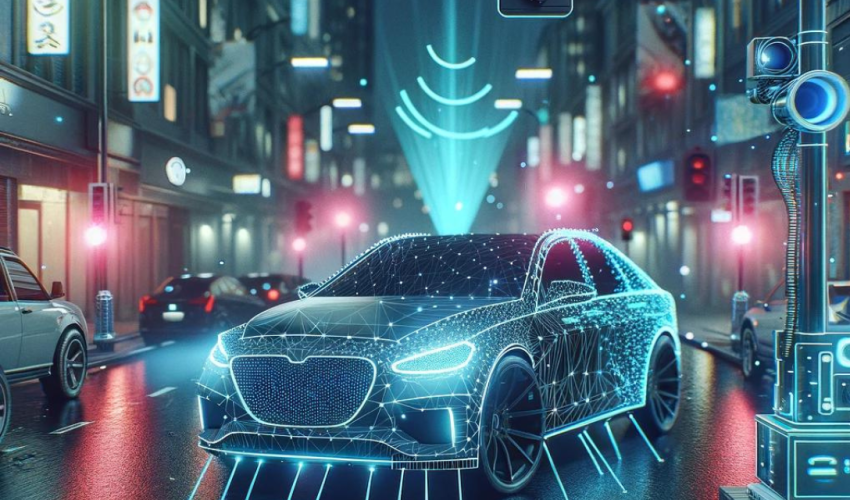Welcome back to our in-depth series where we examine the intersection of advanced automotive technologies and privacy. With my 35-year background in IT and emerging technologies, I’ve grown particularly intrigued by the less obvious aspects of technology applications that might pose risks to our privacy and national security. Today, we focus on two such technologies: lidar and radar. These are not just pivotal for the future of autonomous driving but also present unique surveillance challenges.
Understanding Lidar and Radar
Before we delve into the privacy implications, let’s clarify what these technologies are and how they function in modern vehicles:
- Lidar (Light Detection and Ranging) uses laser beams to measure distances and create precise, three-dimensional information about the shape and surface characteristics of the surrounding environment.
- Radar (Radio Detection and Ranging) emits radio waves that detect objects and their movement, providing data on their speed and position relative to the vehicle.
These technologies are the backbone of the autonomous features in cars, helping with navigation, collision avoidance, and adaptive cruise control.
The Surveillance Potential of Lidar and Radar
While primarily designed for safety and navigation, the detailed data collected by lidar and radar can be a goldmine for surveillance. Here’s how:
1. Detailed Environmental Mapping
Lidar systems create high-resolution maps of the car’s surroundings, which could be used to track not only the vehicle’s path but also to reconstruct a detailed view of the environment it passes through. This capability could potentially be exploited to gather sensitive geographic information or even surveil specific locations and movements over time.
2. Behavioral Profiling
The combination of radar and lidar data can be used to build profiles of a driver’s behavior, including habitual routes, driving speeds, and even the likelihood of frequent stops at certain locations. This information could be valuable to various parties, from marketers to malicious actors, for purposes that extend far beyond the intended use of improving driving safety.
Real-World Implications and Concerns
Consider a scenario where this data is not just collected but also accessed or sold without the owner’s explicit consent. It could lead to scenarios where:
- Insurance companies adjust premiums based on the detailed driving data collected.
- Divorce or custody cases could use vehicle tracking data as evidence.
- Companies could track the movement of employees or competitors.
Mitigating Risks to Protect Privacy
To combat these potential privacy invasions, several measures need to be considered:
- Regulations and Standards: Governments and international bodies must develop stricter regulations on how automotive data, especially from lidar and radar, is collected, used, and shared.
- Data Encryption and Anonymization: Encrypting the data as it’s collected and ensuring it is anonymized can help protect individual privacy.
- User Controls: Vehicle owners should have clear controls over the data their vehicles collect, including options to disable data sharing.
Final Thoughts
As vehicles become more advanced, the line between functionality and privacy continues to blur. While technologies like lidar and radar push us toward a future of autonomous driving, they also raise substantial privacy concerns that need to be addressed. Ensuring that these technologies are implemented responsibly and ethically will be crucial as we steer towards that future.
In our next blog post, we will explore specific strategies for consumers to protect themselves and their data when using advanced automotive technologies. Stay tuned as we navigate these complex waters together, ensuring our security and privacy as we embrace the road ahead.
